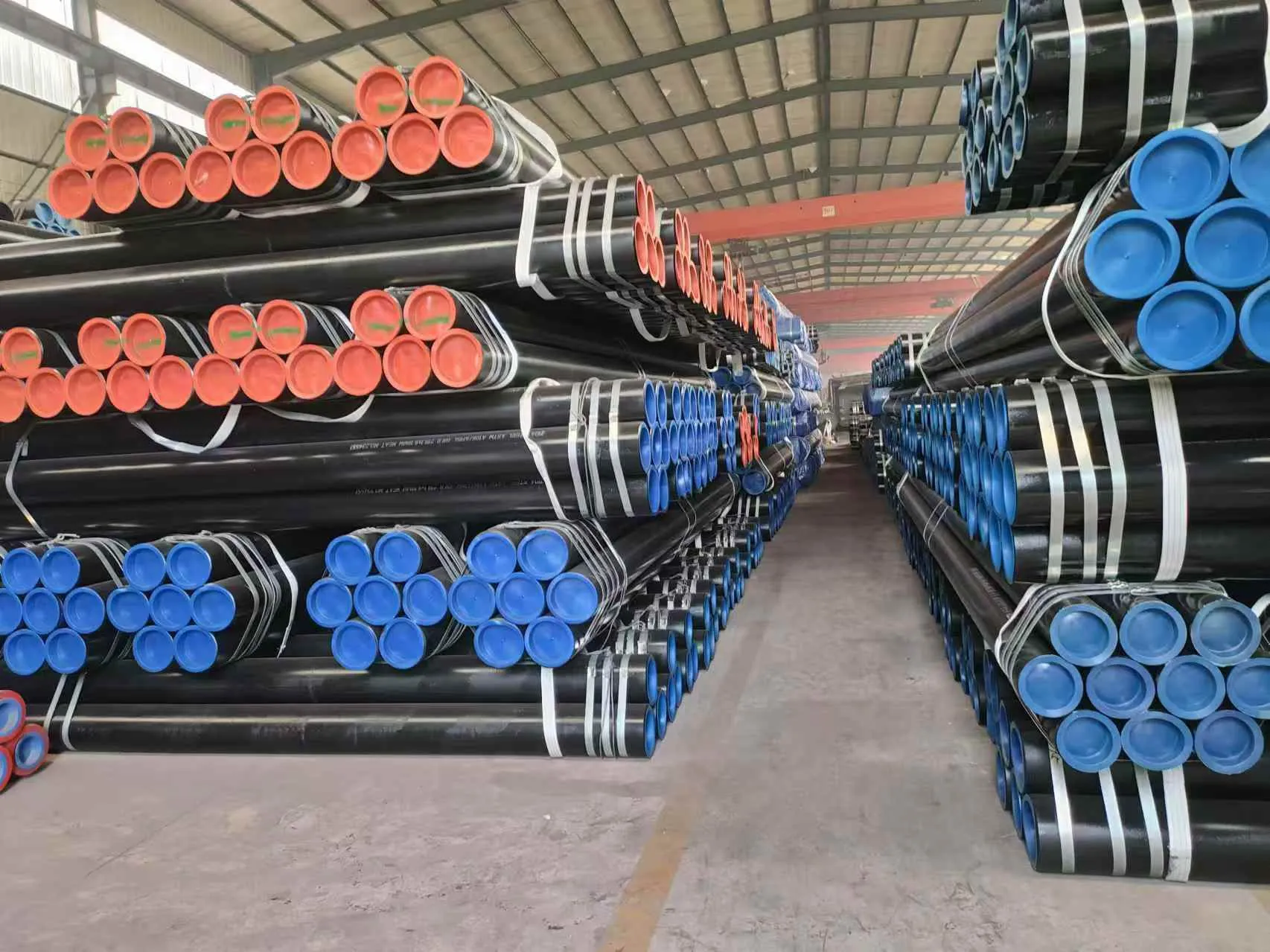-
Cangzhou Yulong Steel Co., Ltd.
-
Phone:
+86 13303177267 -
Email:
admin@ylsteelfittings.com
- English
- Arabic
- Italian
- Spanish
- Portuguese
- German
- kazakh
- Persian
- Greek
- French
- Russian
- Polish
- Thai
- Indonesian
- Vietnamese
- Zulu
- Korean
- Uzbek
- Hindi
- Serbian
- Malay
- Ukrainian
- Gujarati
- Haitian Creole
- hausa
- hawaiian
- Hebrew
- Miao
- Hungarian
- Icelandic
- igbo
- irish
- Japanese
- Javanese
- Kannada
- Khmer
- Rwandese
- Afrikaans
- Albanian
- Amharic
- Armenian
- Azerbaijani
- Basque
- Belarusian
- Bengali
- Bosnian
- Bulgarian
- Catalan
- Cebuano
- China
- China (Taiwan)
- Corsican
- Croatian
- Czech
- Danish
- Esperanto
- Estonian
- Finnish
- Frisian
- Galician
- Georgian
- Kurdish
- Kyrgyz
- Lao
- Latin
- Latvian
- Lithuanian
- Luxembourgish
- Macedonian
- Malgashi
- Malayalam
- Maltese
- Maori
- Marathi
- Mongolian
- Myanmar
- Nepali
- Norwegian
- Norwegian
- Occitan
- Pashto
- Dutch
- Punjabi
- Romanian
- Samoan
- Scottish Gaelic
- Sesotho
- Shona
- Sindhi
- Sinhala
- Slovak
- Slovenian
- Somali
- Sundanese
- Swahili
- Swedish
- Tagalog
- Tajik
- Tamil
- Tatar
- Telugu
- Turkish
- Turkmen
- Urdu
- Uighur
- Welsh
- Bantu
- Yiddish
- Yoruba

Nov . 06, 2024 01:11 Back to list
4 Inch ANSI 150 Flange Specifications and Applications for Pipeline Systems
Understanding 4 Inch ANSI 150 Flanges
Flanges are crucial components in piping systems, essential for joining two sections of pipe or connecting pipe to other equipment. Among the various types of flanges used in industrial applications, the ANSI (American National Standards Institute) standard flanges, particularly the 4-inch ANSI 150 flanges, are widely recognized for their reliability and performance.
What is a Flange?
A flange is a mechanical component that connects two parts together. Usually, flanges are welded or bolted to pipes, valves, pumps, or other equipment. The purpose of a flange is to allow for the easy assembly and disassembly of piping systems, as well as to provide a robust seal that prevents leakage.
ANSI Standards
The ANSI standards define the dimensions, tolerances, and materials for various types of flanges used in piping applications. The designation ANSI 150 refers to the pressure rating of the flange, which can withstand a specific amount of pressure, temperature, and other operational conditions.
The 150 in ANSI 150 indicates that the flange is capable of handling pressures up to 150 psi (pounds per square inch) at ambient temperatures. This makes it suitable for many general industrial applications, including water systems, chemicals, and other moderate-pressure systems.
4 Inch Flange Specifications
A 4-inch flange specifically refers to the nominal pipe size it is designed to fit. In this context, 4 inch means the inside diameter of the connecting pipe is 4 inches. The dimensions of flanges, including bolt hole patterns and face types, are standardized to ensure compatibility across different manufacturers and industries.
Typically, a 4-inch ANSI 150 flange will have
flange 4 inch ansi 150

- Bolt Circle Diameter The diameter of the circle formed by the center of the bolt holes. - Number of Bolt Holes Commonly, 8 bolt holes for a 4-inch ANSI 150 flange. - Thickness Generally around 0.62 inches for a smooth face flange. - Face Types Flanges can have different face types, such as raised face (RF), flat face (FF), or ring-type joint (RTJ).
Materials and Applications
Flanges can be made from various materials, including carbon steel, stainless steel, and alloys, depending on the application requirements. For example, carbon steel flanges are often used in water service, while stainless steel flanges are preferred for corrosive environments due to their enhanced resistance to oxidation and chemical damage.
4-inch ANSI 150 flanges are primarily used in
- Water and Wastewater Management Suitable for pumping stations and large pipeline systems. - Chemical Processing For transporting various chemicals where pressure containment is essential. - HVAC Systems In heating, ventilation, and air conditioning applications. - Oil and Gas Flanges are critical components in pipeline systems that transport crude oil and natural gas.
Installation and Maintenance
Proper installation of a 4-inch ANSI 150 flange is crucial to ensure the integrity of the connection. This involves ensuring that the flange faces are clean and free from debris, which may hinder the sealing process. The flanges should be aligned properly, and bolts must be tightened in a star pattern to evenly distribute pressure and avoid distortion.
Regular maintenance is also vital. Inspections should be conducted periodically to check for signs of wear, corrosion, or leakage. If a flange fails, it can lead to increased downtime, costly repairs, and potentially hazardous leaks. Therefore, understanding the specifications and maintaining the health of ANSI 150 flanges is essential for the efficiency and safety of any piping system.
Conclusion
In summary, a 4-inch ANSI 150 flange is a fundamental component used in various industrial applications, recognized for its robust performance under moderate pressure conditions. Understanding its specifications and operational criteria is critical for engineers, technicians, and anyone involved in the design and maintenance of piping systems. By adhering to ANSI standards and ensuring proper installation practices, industries can rely on these flanges for safe, efficient operations.
Latest news
-
ANSI 150P SS304 SO FLANGE
NewsFeb.14,2025
-
ASTM A333GR6 STEEL PIPE
NewsJan.20,2025
-
ANSI B16.5 WELDING NECK FLANGE
NewsJan.15,2026
-
ANSI B16.5 SLIP-ON FLANGE
NewsApr.19,2024
-
SABS 1123 FLANGE
NewsJan.15,2025
-
DIN86044 PLATE FLANGE
NewsApr.19,2024
-
DIN2527 BLIND FLANGE
NewsApr.12,2024
-
JIS B2311 Butt-Welding Fittings LR/SR 45°/90° /180°Seamless/Weld
NewsApr.23,2024











